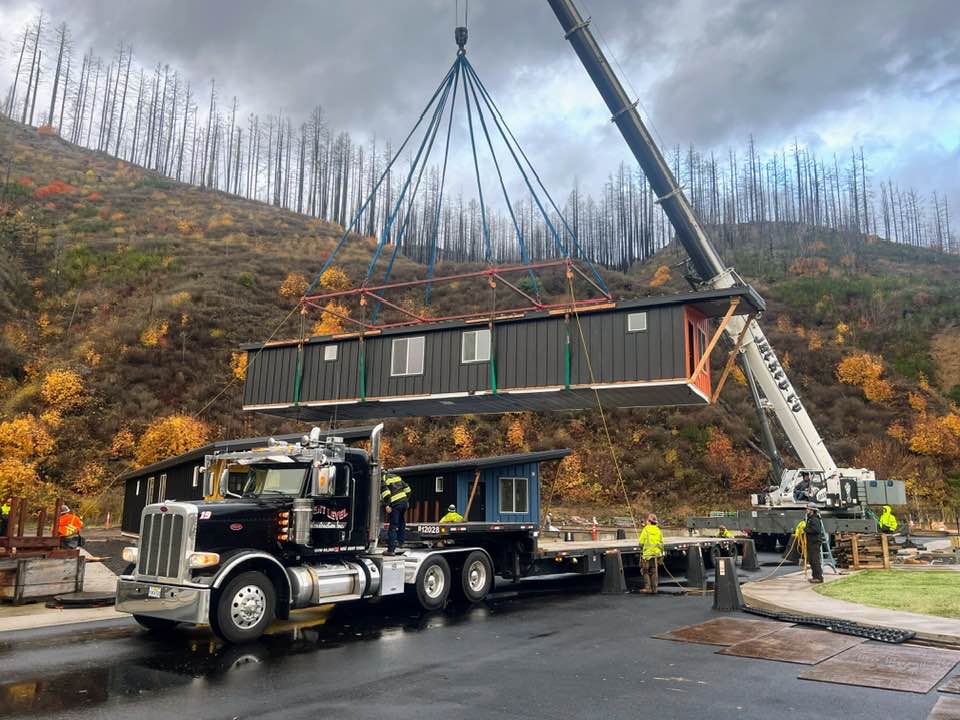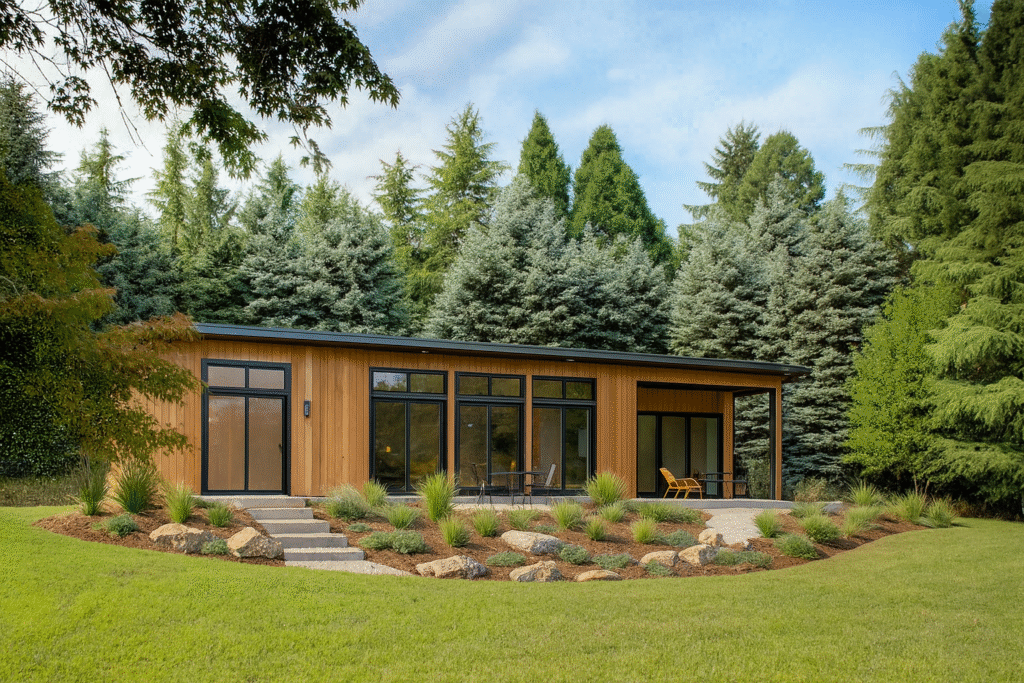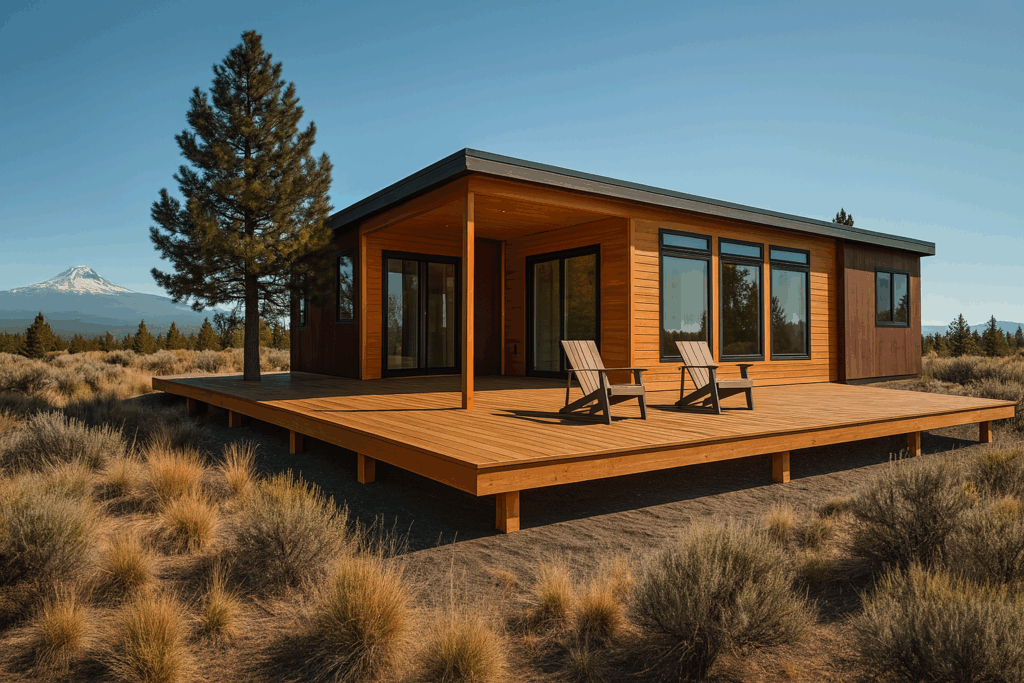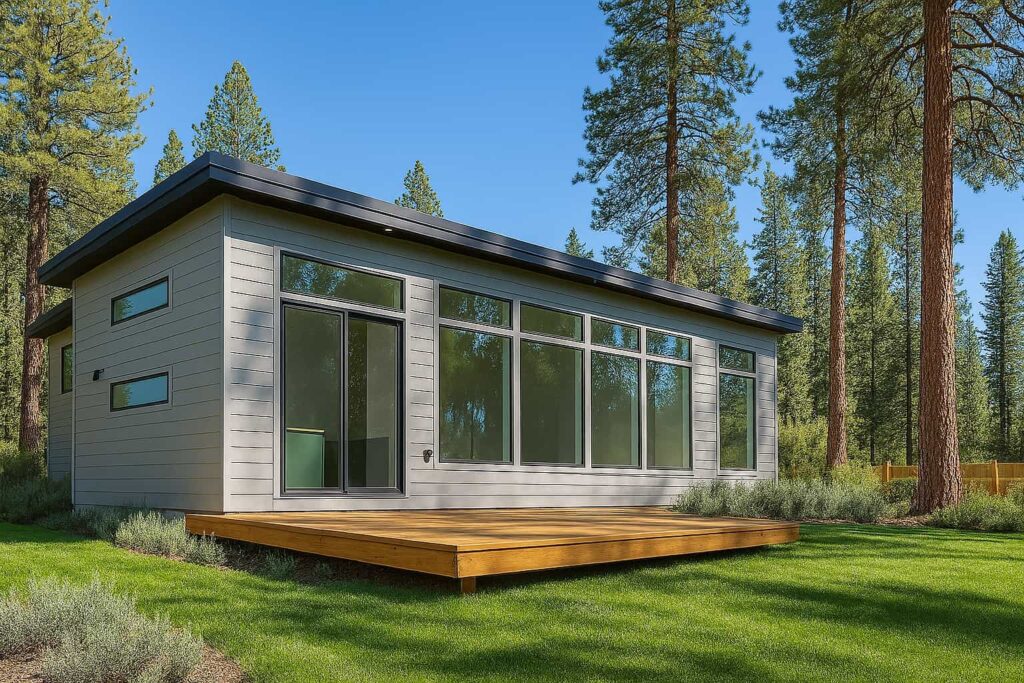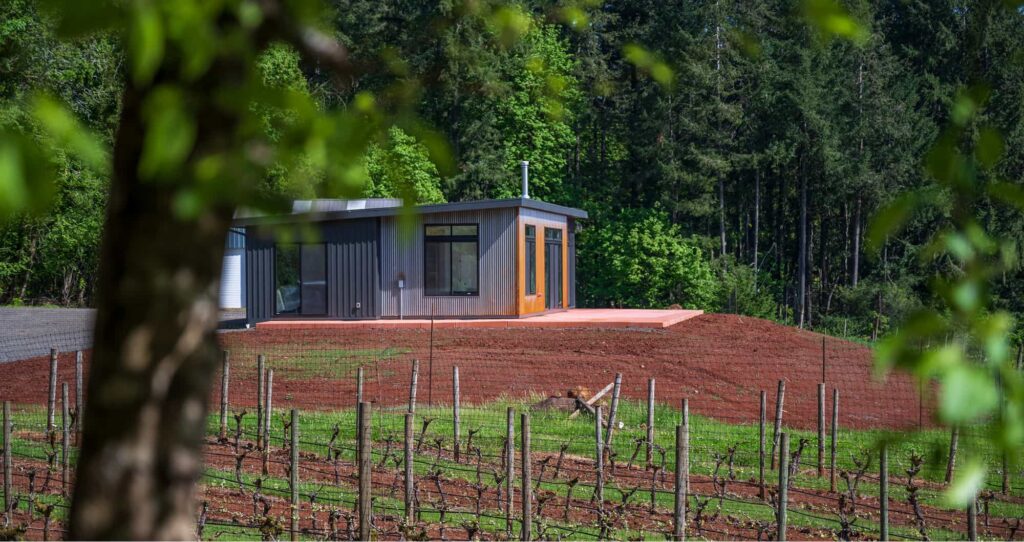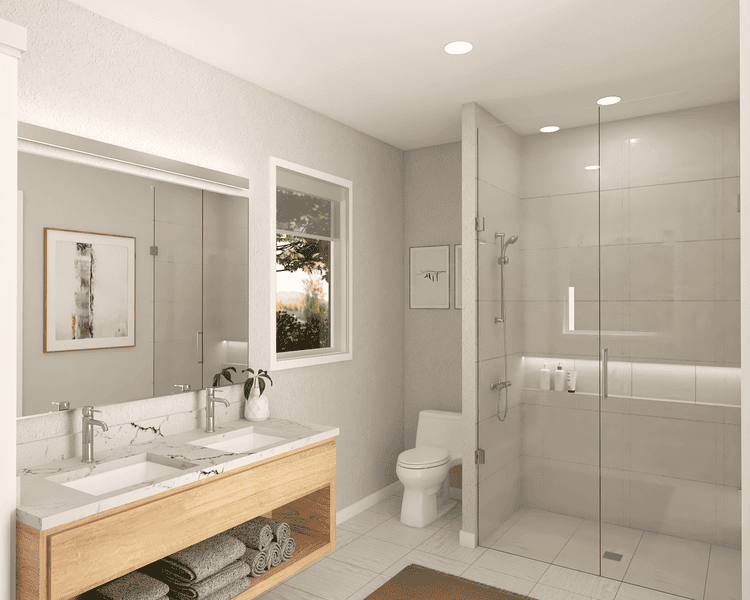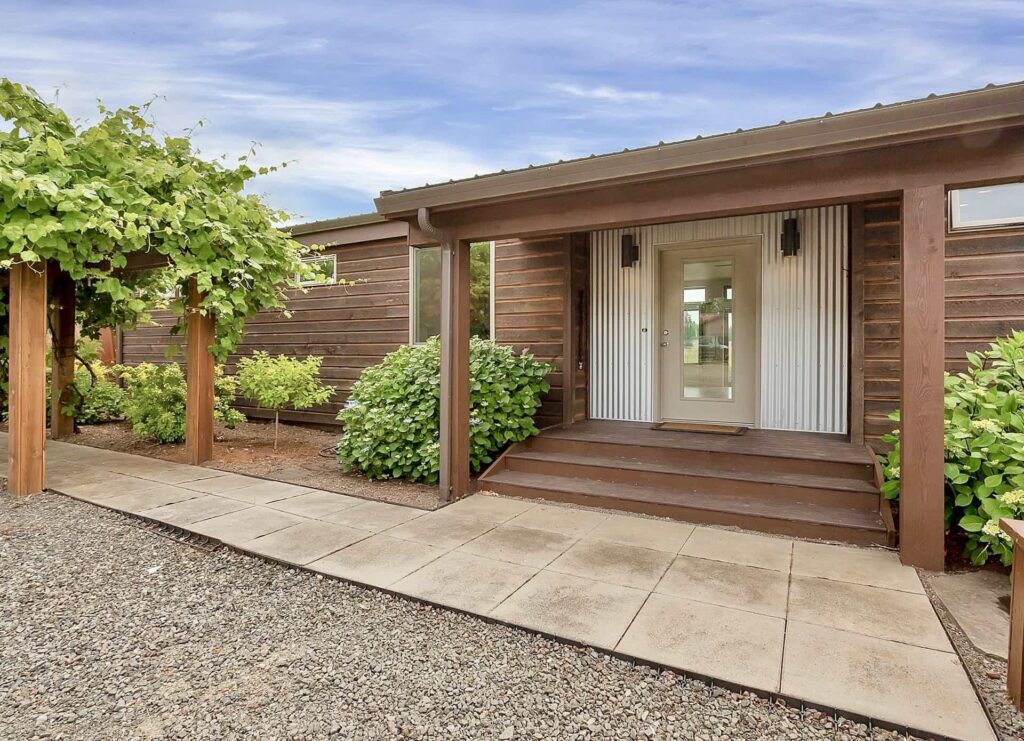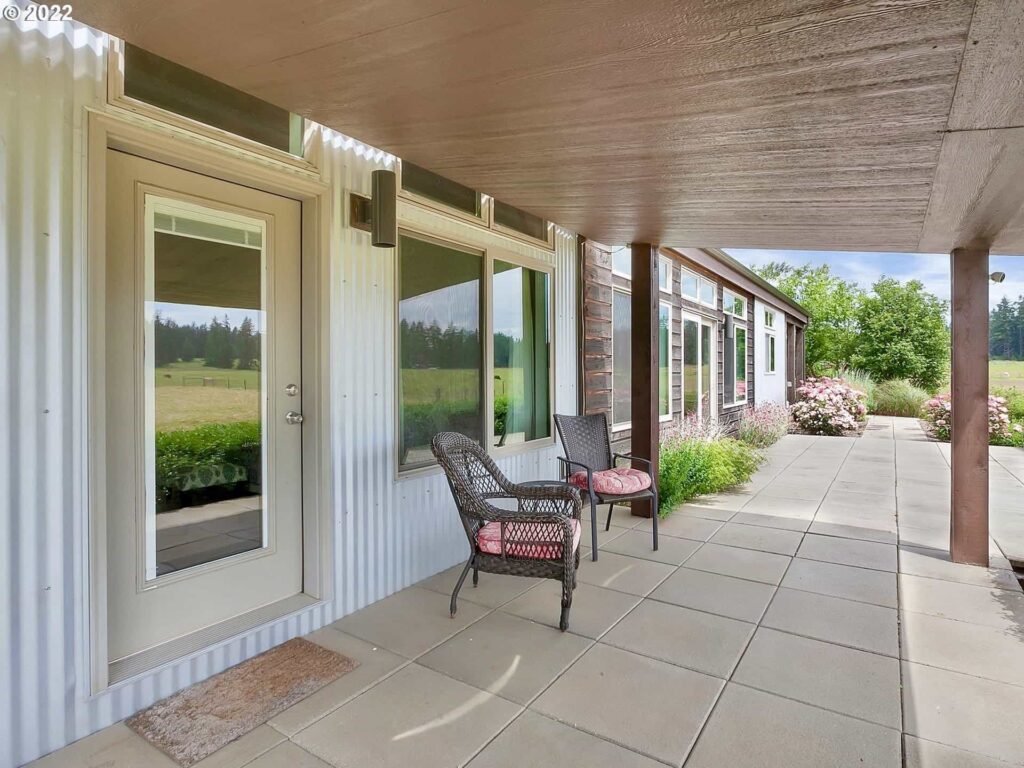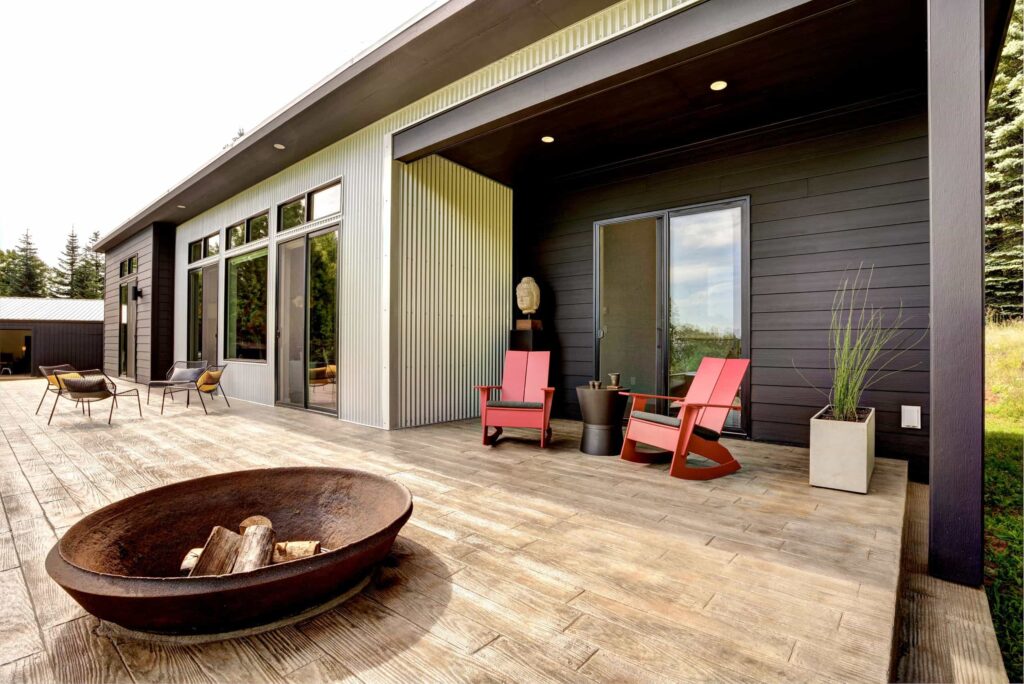Prefab Houses vs. Traditional Construction: Pros, Cons & Cost Comparison
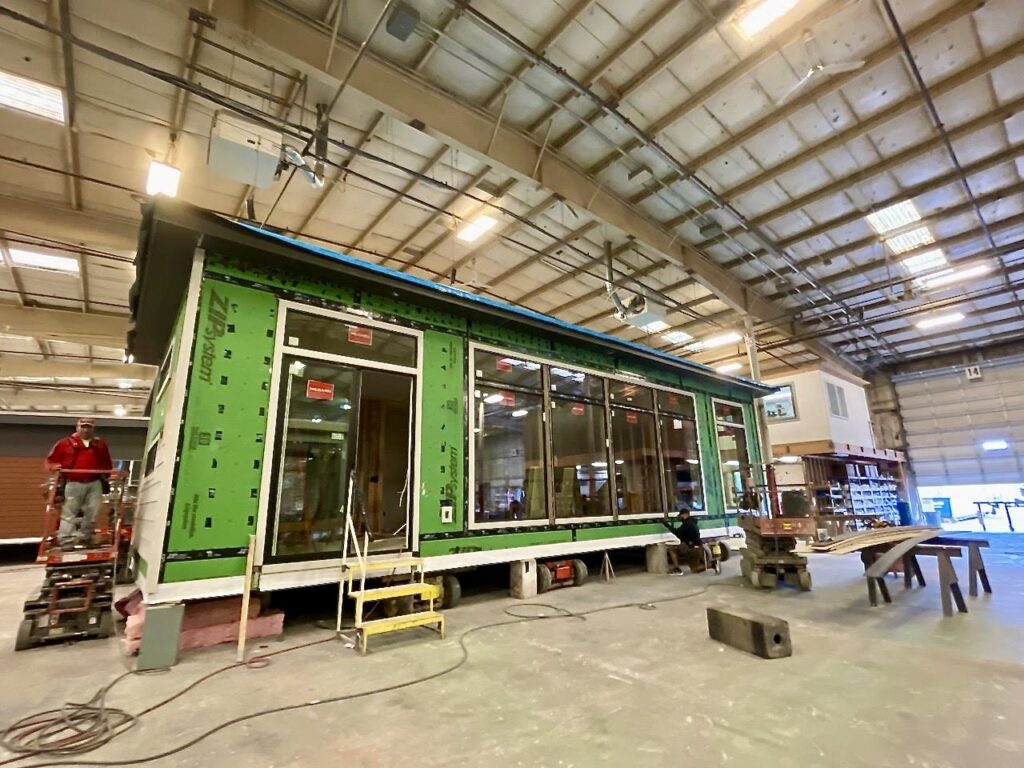
This article explores the key differences between prefab and traditional construction, highlighting why modular homes are becoming a preferred choice for modern homeowners. From faster timelines and sustainable practices to cost efficiency and long-term value, it outlines what makes prefab an appealing, future-forward alternative to site-built housing.
What you’ll learn:
- The main differences between prefab and traditional construction methods
- Why modular homes offer faster timelines and greater efficiency
- How prefab construction improves quality, consistency and sustainability
- Cost advantages and budget predictability compared to traditional builds
- Customization options and long-term value considerations
Buying or building a new home is a big decision, and one of the first questions many people face is whether to choose a prefab home or go with traditional site-built construction. While traditional construction has been the standard for generations, prefab homes are quickly gaining ground as a smarter, more sustainable and often more cost-effective alternative.
Understanding the differences between these two approaches is key to making the right choice for your lifestyle, budget and long-term goals.
At ideabox, we specialize in modular homes – a type of prefab construction that combines modern design with lasting quality. To help you navigate your options, let’s explore the pros, cons and cost comparisons between prefab and traditional construction.
What’s the Difference Between Prefab and Traditional Homes?
Prefab homes are built in a factory setting, using modular or manufactured construction methods. Modular homes, like those built by ideabox, are constructed to local IRC building codes, set on permanent foundations, and designed to last as long as traditionally built homes. They’re then transported to the prepared site, installed, connected and finished.
Traditional construction, on the other hand, happens entirely on-site. Lumber, drywall, roofing and finishes are delivered to the property, and the house is built piece by piece in the open air. This method is often considered the “classic” way to build, but it comes with more variables – especially around time, weather and labor costs.
Both methods can produce beautiful, high-quality homes. The difference lies in how – and how efficiently – they’re built.
Let’s get into some specifics.
Speed and Efficiency
One of the biggest differences between prefab and traditional construction is the timeline.
With traditional building, the process can take a year or more. Site preparation, framing, electrical, plumbing, insulation and finishing all happen sequentially, and every step is exposed to potential delays like bad weather, labor shortages or supply chain issues.
Prefab modular homes offer a much faster and more predictable timeline. Because construction happens in a climate-controlled environment, it isn’t affected by rain, snow or temperature shifts. While your foundation is being poured on-site, your home is being built in the factory. Once it arrives, installation and finishing can take as little as a few weeks.
For homeowners eager to move in sooner—or who simply want fewer headaches along the way – this speed can be a game changer.
Quality and Consistency
Some people assume that building a home on-site must mean higher quality. In reality, factory construction often ensures greater consistency and precision.
In a factory, every element of your modular home is built using advanced equipment and quality control standards. Materials are stored indoors, away from moisture and weather exposure. Skilled craftspeople work in stable conditions, not on scaffolding in the rain.
Traditional construction can absolutely produce high-quality homes – but results depend more heavily on on-site conditions, individual contractors and the local building environment. Prefab methods bring more control to the process.
Sustainability and Environmental Impact
Sustainability is a growing priority for many homeowners, and this is where prefab homes really shine.
Traditional construction tends to generate a lot of waste. Materials arrive in bulk and are often cut or adjusted on-site, leaving behind scraps that may not be reusable. Extended timelines also mean more energy and resources consumed over the course of the build.
Prefab modular homes are designed with efficiency in mind from the start. Because everything is built to precise measurements in a factory, material waste is minimized. Any extra materials can be repurposed for future builds. This controlled process also reduces energy use and environmental impact.
At ideabox, many of the materials we use have eco-conscious properties, including recycled content, fire-resistant features and energy-efficient components. These choices support healthier living while being kinder to the planet.
Customization and Design Flexibility
A common misconception is that prefab homes are “cookie cutter” or lack personality. In reality, modern modular homes offer a high level of customization.
Buyers can select floor plans, finishes, siding, window styles and interior details to match their personal aesthetic and functional needs. Layouts can be adapted to suit urban lots, suburban neighborhoods or rural properties.
Traditional construction also allows for customization, but the process can be longer, more expensive, and more vulnerable to unexpected changes or delays. With prefab, much of the design work happens up front – so you know what to expect and can plan accordingly.
Budget and Cost Comparison
Cost is a major factor in any building decision. While both prefab and traditional construction vary depending on size, location, finishes and site conditions, prefab homes are generally more cost-efficient overall.
Why?
- Construction happens faster, reducing labor costs.
- Material use is optimized, which lowers waste and expense.
- Weather delays (and the costs they bring) are virtually eliminated.
- The overall process is more predictable, helping homeowners stay on budget.
Traditional construction can offer more flexibility in complex builds or unique architectural details, but it can also come with less cost certainty. Delays, labor shortages or price fluctuations in materials can significantly affect the bottom line.
Maintenance and Long-Term Value
When it comes to long-term performance, prefab homes hold up just as well as their traditionally built counterparts. Modular homes must meet the same local IRC building codes as site-built houses, and often exceed them in terms of energy efficiency and structural strength.
Maintenance needs will be similar in both types of homes, depending on the materials chosen and the quality of finishes. However, prefab homes often perform better in terms of insulation and energy use, meaning lower utility bills over time.
And when built and finished well, modular homes maintain strong resale value, especially when paired with thoughtful landscaping and curb appeal.
A Better Building Experience
For many homeowners, the biggest difference between prefab and traditional construction isn’t just the structure itself – it’s the experience.
Traditional builds can be stressful: endless scheduling, weather worries, material delays and budget fluctuations. Prefab modular homes are designed to remove much of that uncertainty. By the time your foundation is ready, your home is already built and waiting to be delivered.
This streamlined process makes it easier to plan, stay on budget and enjoy the journey of creating your new home.
Choosing the Right Path for You
Both prefab and traditional construction can result in a beautiful, durable home. The right choice comes down to your timeline, budget and how much control you want over the building process.
Prefab modular homes offer a modern, efficient and sustainable path to homeownership – one that removes many of the headaches of traditional construction while delivering exceptional quality and comfort.
At ideabox, we build modular homes designed to make the entire experience smoother and more exciting. Whether you’re drawn to the speed, the cost savings, the eco-friendly features or the clean modern design, prefab construction might just be the smarter way to bring your dream home to life. Let’s get started!
Frequently Asked Questions About Prefab vs Traditional Homes
Prefab homes are built in a factory and assembled on-site, while traditional homes are constructed entirely at the property. Prefab offers faster and more efficient builds.
Generally yes. Prefab homes cost less due to shorter timelines, reduced labor, and minimized material waste, making budgeting more predictable.
Most prefab homes are completed in about eight months, including factory construction and installation – significantly faster than traditional builds.
Yes. Modular homes meet or exceed IRC building codes and are designed for long-term strength, energy efficiency, and comfort.
Absolutely. Homeowners can choose layouts, finishes, materials, and smart features to match their preferences – just like traditional homes.
Yes. Prefab construction minimizes waste, reduces energy use, and often incorporates eco-friendly materials, making it a greener building option.
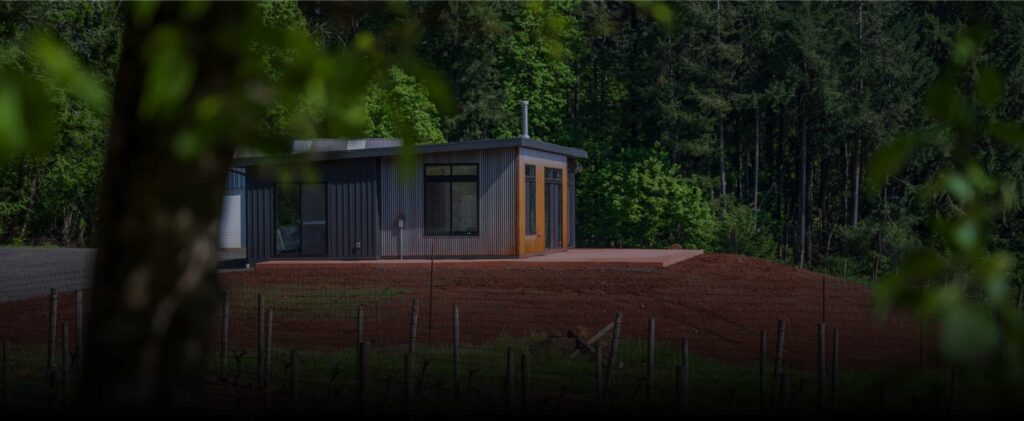
Let’s Build Something Great Together
Whether you’re ready to start planning or just want to explore options, we’re here to help. Let’s talk about your future home today.

